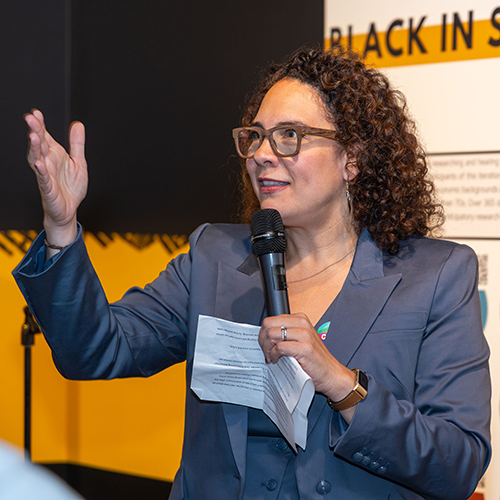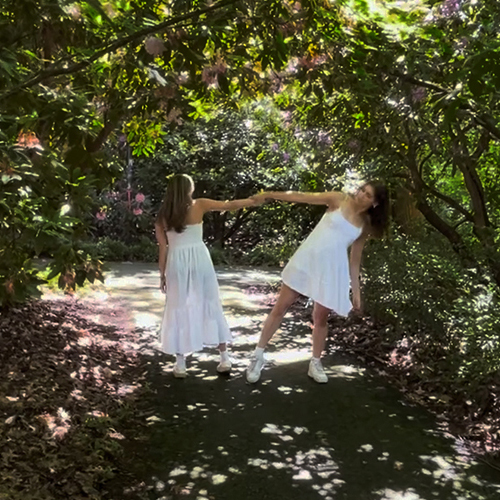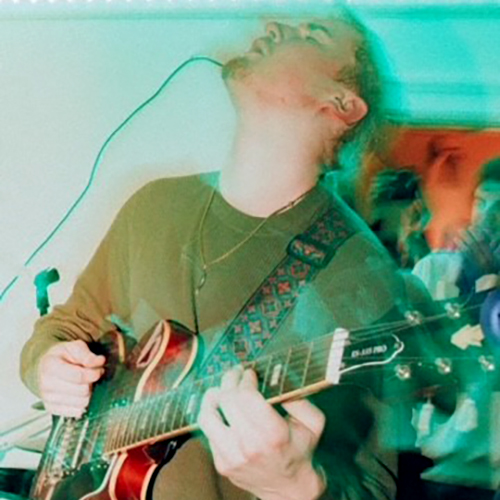As Machiko Kato neared shores of Neah Bay, Washington, she beamed. She was seated in a massive canoe powered by young men and women singing traditional songs of the Coast Salish people of Puget Sound and the Ainu people of Japan. On shore, the chief of the Makah Nation and his council, dressed in full regalia, welcomed the visitors to his community.
That memorable moment was the culmination of a year-long cultural exchange between the indigenous Ainu community of Japan and several Washington State tribal groups, organized by the Burke Museum of Natural History and Culture in partnership with the Ainu Association of Hokkaido. The exchange, funded through a grant from Museums and Communities Collaboration Abroad program, included visits to the Northwest and Japan, internships, and finally, the Tribal Canoe Journey.

The Ainu people, formally recognized by Japan’s government as Japan’s “first peoples” in 2008, are currently undergoing a major cultural revival. The Ainu Association has approximately 25,000 members, says Deana Dartt-Newton, curator of Native American ethnography at the Burke Museum and assistant professor of American Indian Studies. Four times that many Japanese identify as Ainu and about 250,000 have Ainu ancestry. “Most, but not all, can pass as ethnic Japanese,” says Dartt-Newton. “The ones that can’t are pretty severely discriminated against.”
During a December visit to the Northwest, Ainu representatives spoke with Northwest tribal groups (through a translator) about the common struggles they have experienced relating to colonization. “We had no idea, really, the extent to which these indigenous peoples have experienced the same histories of discrimination and oppression,” said Dartt-Newton, project leader for the year-long exchange. “However, the sense of excitement about cultural renewal during the exchange was incredible and the empowerment as indigenous peoples coming together overshadowed the grief.”

That excitement heightened when an Ainu delegation returned to Seattle in July to participate in the Tribal Canoe Journey, an opportunity to reconnect with long-held Ainu canoe paddling traditions. The annual event celebrates the revitalization of canoe culture among Native communities along the Pacific Northwest Coast. Each year, a different tribe hosts the event—the Makah Nation was this year’s host—and thousands of people make the journey from their home to the host’s location by way of ocean canoe. This year, 86 canoes converged on Neah Bay, with the Makah leaders and 86 Makah dancers, one for each vessel, welcoming them ashore.
The Ainu, new to the event, travelled with members of the Tulalip Tribes, who welcomed them into their canoes as they traveled and camped together throughout the 14-day journey. The Ainu joined the Tulalip and dozens of other canoes as they launched from Suquamish, Washington and paddled north through Puget Sound and the Strait of Juan de Fuca on their way to Neah Bay.

The Burke Museum had advised the Ainu Association to select a physically fit crew for the trip, since they might be paddling for up to 12 hours a day. “It’s rigorous,” says Dartt-Newton. “And those not paddling were ground support, setting up and tearing down camp and cooking for the paddlers every day. That’s part of the experience. That’s what the tribal journey is all about—pulling together physically, mentally, and spiritually.”
A reality that troubles Ainu elder statesman Machiko Kato, a renowned embroidery artist, is that Ainu culture is disappearing, with many young people disinterested in learning the old ways. It filled her with hope to experience the young Ainu delegation practicing their songs and dances every day to share with the host communities each evening.
“By the time the group reached Neah Bay, they were all so strong and confident,” recalls Dartt-Newton, who joined them in the canoe that final day. “The water was glassy and the sky was blue. The Ainu paddlers were singing their hearts out. You heard the shush of the oars and the songs and that was all. The look on Machiko Kato’s face was priceless. Surrounded by indigenous youth, strong in their culture, she smiled with pride and a sense of hope for the future. In that moment I saw what possibilities we had created through this exchange and shared her excitement.”

Dartt-Newton hopes the exchange is the start of sustained relationships between the rich maritime cultures. “Tribal Journey has been such a vital part of cultural renewal for Pacific Northwest peoples and its energy is spreading throughout the Pacific,” she says. “The Ainu, our most distant relations, are now part of the movement, and we at the Burke Museum were fortunate to facilitate that reconnection. What a beautiful gift.”
More Stories

Interrupting Privilege Starts with Listening
Personal stories are integral to Interrupting Privilege, a UW program that leans into difficult intergenerational discussions about race and privilege.

Dancing Across Campus
For the dance course "Activating Space," students danced in public spaces across the University of Washington's Seattle campus this spring.

Celebrating Contemporary Indigenous Music
Markus Teuton, a musician and citizen of Cherokee Nation, explores contemporary Indigenous music through his academic work and as host of “Indigenous Jazz,” a radio show.